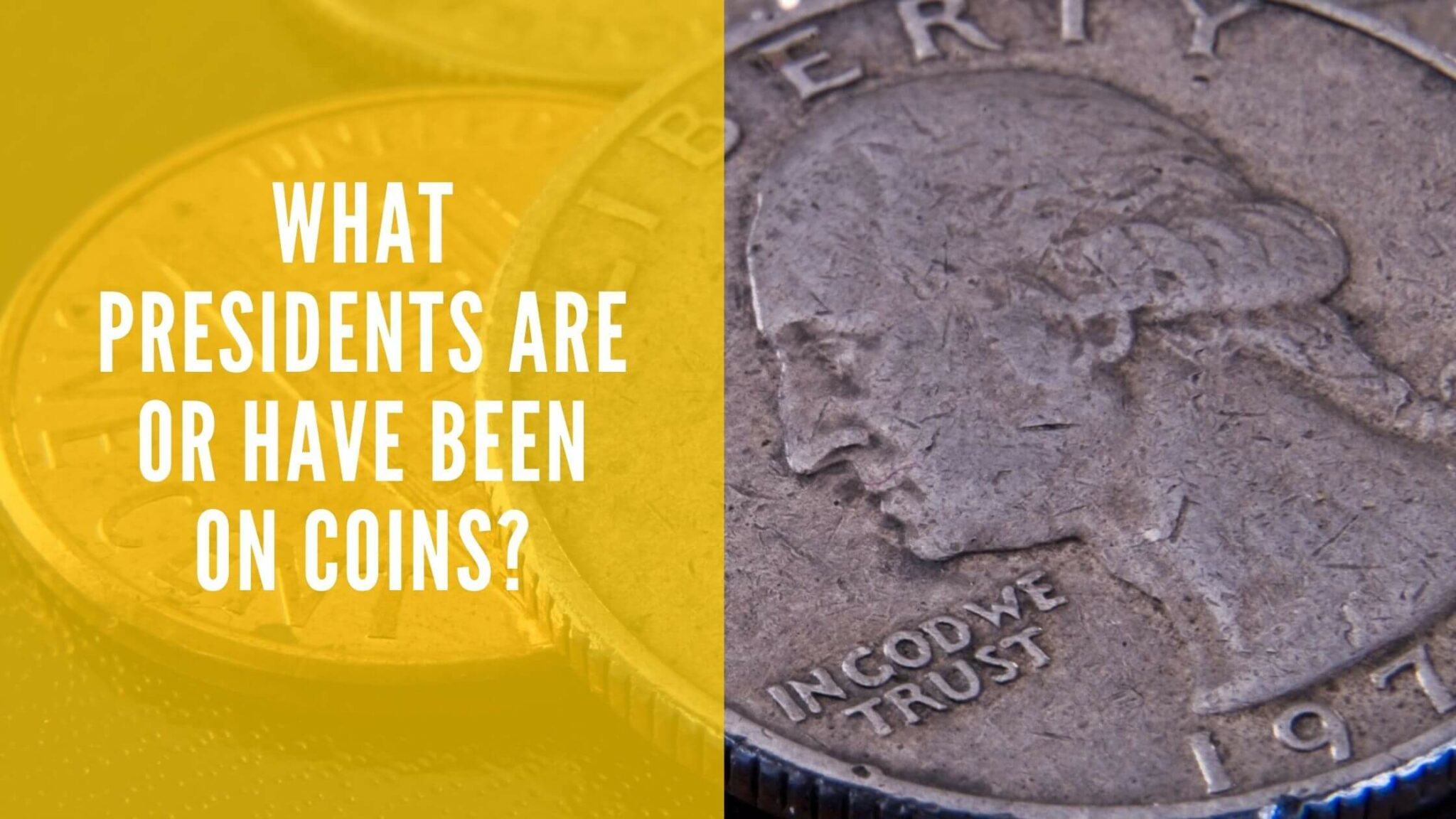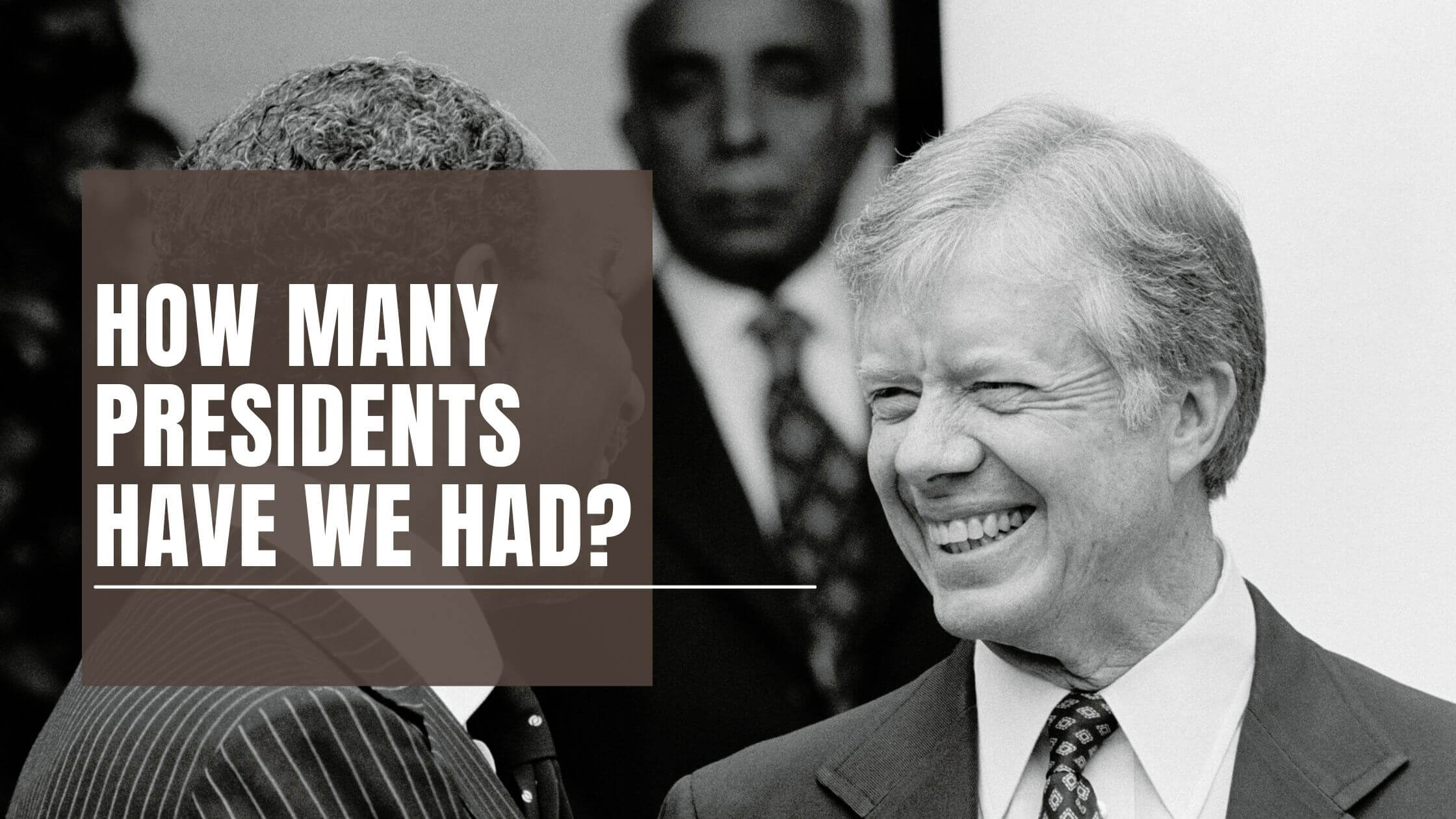How Many US Presidents Have There Been? Unraveling The Numbers
Detail Author:
- Name : Tamia Murphy
- Username : thaddeus.wiza
- Email : susanna.harris@yahoo.com
- Birthdate : 2007-06-19
- Address : 378 Halvorson Pass Suite 758 Stantonburgh, NM 57352-6940
- Phone : +1-703-916-9919
- Company : Raynor, Parker and Anderson
- Job : Human Resource Manager
- Bio : Eos commodi a deleniti quo accusantium autem delectus. Sint iusto quisquam totam mollitia accusamus atque dolor commodi. Culpa error molestias nihil ut tenetur.
Socials
instagram:
- url : https://instagram.com/djacobi
- username : djacobi
- bio : Id eum molestias enim quis atque ut. Porro velit dicta enim rem.
- followers : 2550
- following : 975
linkedin:
- url : https://linkedin.com/in/jacobi2005
- username : jacobi2005
- bio : Id eum accusamus et minus.
- followers : 4352
- following : 2544
Have you ever wondered just how many people have held the top job in the United States? It's a question that, you know, comes up quite often, and the answer might seem straightforward at first glance. But, like many things in history, the actual count has a little more to it than just a simple number.
Understanding the history of American leadership means getting a good grasp of the individuals who have served as president. This isn't just about a count; it's about appreciating the long line of people who have guided the nation through its ups and downs. So, it's almost a fascinating journey through time when you think about it.
This discussion will help clear up any confusion about the exact count, exploring why some numbers might pop up more than others. We'll look at the unique way presidents are counted and touch on some key moments in their history, which, you know, really shaped the nation.
Table of Contents
- The Simple Answer: A Quick Count
- Understanding the Presidential Line
- A Look at the Early Leaders
- Growth and Change Over Time
- Addressing Common Questions
- The Counting Method: What Really Counts?
- The Historical Record
- Exploring Presidential Legacies
- Looking Ahead
The Simple Answer: A Quick Count
When people ask about the number of US presidents, they usually want a straightforward figure. As of today, October 26, 2024, the United States has had a specific number of individuals serve in the top office. This number represents each person who has taken the oath.
The Current Number
The United States has had 46 presidents. This count includes every person who has officially served in the role. It's a number that, you know, grows with each new individual taking office.
This count is generally accepted by historians and official government bodies. It reflects the line of succession from the very beginning. So, that's the simple answer many people are looking for.
Why the Count Can Seem Tricky
Sometimes, the number of presidents can feel a little confusing. This is because one person served two non-consecutive terms. When people ask "How many presidents have there been?" I've found that the U.S. counting method focuses on unique individuals.
This differs from how some other entities might count things. For instance, the Senate counts each senator only once in their numbering, regardless of how many terms they serve. So, you know, it's about the person, not just the term they are in.
The way we count presidents truly emphasizes the individual who holds the office. It's not about how many times the office has been filled, but how many different people have filled it. This is a key point to remember.
Understanding the Presidential Line
To truly grasp the number of presidents, it helps to look at the difference between individuals and terms. This distinction is, you know, quite important for accuracy.
Unique Individuals Versus Terms Served
The number 46 refers to unique individuals. Some presidents have served more than one term. For example, Franklin D. Roosevelt served four terms, but he counts as just one president in the overall tally. So, this distinction really matters.
George Washington, the first president, served two terms. He is counted as one person. This pattern holds for all presidents who served multiple, consecutive terms. It's about the person, not the number of times they were elected.
This method of counting helps keep the historical record clear. It focuses on the individuals who have shaped the nation's leadership. So, it's a very practical way to keep track.
Grover Cleveland: A Special Case
Grover Cleveland is the reason the number of unique individuals differs from the number of presidential terms. He served as the 22nd and 24th president. This means he held the office twice, but not in a row.
He won the election in 1884, served his term, and then lost the next election in 1888. However, he ran again in 1892 and won, serving another term. This makes him, you know, a bit of an outlier.
Because he served non-consecutively, he gets two numbers in the presidential sequence (22 and 24). Yet, he is only one person. This is why we have 46 presidents but 47 presidential numbers. It's a unique part of American history.
A Look at the Early Leaders
The story of US presidents begins with the nation's founding. The early leaders set many of the traditions and expectations for the office. Their actions, you know, really shaped what the presidency would become.
George Washington's Role
George Washington was the very first president, taking office in 1789. His leadership was essential in establishing the new government. He served two terms, setting a precedent that lasted for many years.
Washington's decision to step down after two terms was a powerful statement. It showed that power would not be held indefinitely by one person. This was, you know, a big deal for a new republic.
His time in office laid the groundwork for future presidents. He faced many challenges in uniting the new states. So, his contributions were truly foundational.
The First Few Decades
After Washington, John Adams, Thomas Jefferson, and James Madison followed. These early presidents were all key figures in the nation's early development. They navigated a young country through many challenges.
Each of these leaders contributed to defining the role of the president. They dealt with foreign relations, economic issues, and the expansion of the country. It was, you know, a time of great change.
The first few decades saw the establishment of many government practices. The presidency, as an institution, began to take its shape during this period. So, their work was very important.
Growth and Change Over Time
The number of presidents has steadily grown as the nation has aged. Each era has brought new challenges and different kinds of leaders. It's a continuous story, really.
Expanding the Nation's Leadership
As the country grew, so did the line of presidents. The 19th century saw many different individuals hold the office. Some served short terms, others longer ones.
The Civil War period, for instance, brought Abraham Lincoln to the presidency. His leadership during a time of national crisis is, you know, widely studied. This period really tested the nation's resolve.
The presidency adapted to the changing needs of a growing country. Each new president faced unique circumstances. So, the role itself has evolved.
Presidents in the 20th Century
The 20th century saw a significant increase in the power and reach of the presidency. Leaders like Theodore Roosevelt, Woodrow Wilson, and Franklin D. Roosevelt shaped modern America. Their actions, you know, had a global impact.
The Great Depression and two World Wars meant presidents had to take on new responsibilities. The office became central to both domestic and international affairs. It was a time of huge shifts.
This era also saw the 22nd Amendment passed, limiting presidents to two terms. This change came after FDR's four terms. So, that's a key development in how presidents serve.
Modern Day Leaders
In recent times, presidents have continued to navigate a complex world. The challenges have shifted, but the role remains central to American life. It's a constant process of adaptation.
From the Cold War to the digital age, presidents have faced new kinds of issues. Technology, global economies, and social changes all play a part. This, you know, keeps the job incredibly demanding.
The current president, Joe Biden, is the 46th individual to hold the office. His term continues the long line of American leadership. So, the story keeps going.
Addressing Common Questions
People often have specific questions about the number of presidents. These questions help clarify the counting method. We'll look at a few common ones here.
People Also Ask
Here are some questions that often come up about US presidents:
How many US presidents have died in office?
Eight US presidents have died while serving their terms. Four were assassinated, and four passed away from natural causes. This is a somber part of presidential history.
Who was the youngest US president?
Theodore Roosevelt was the youngest person to become US president. He was 42 years old when he took office after the assassination of William McKinley. This happened, you know, very suddenly.
Has any US president served more than two terms?
Yes, Franklin D. Roosevelt served more than two terms. He was elected four times, serving from 1933 until his death in 1945. This led to the 22nd Amendment, which now limits presidents to two terms. So, it's a unique historical event.
The Counting Method: What Really Counts?
The way presidents are counted is based on who officially takes the oath of office. This is the key moment for official recognition. It's a very formal process, you know.
Succession and Acting Presidents
If a president leaves office early due to death, resignation, or removal, the vice president takes over. This new president then gets their own number in the sequence. For example, Lyndon B. Johnson became president after John F. Kennedy's death and is counted as the 36th president.
Sometimes, there's talk of "acting presidents" in hypothetical situations. However, no one has ever officially served as an "acting president" in the US line of succession. If the vice president takes the oath, they become the president, not just an acting one. So, that's a clear rule.
This system ensures there is always a clear leader for the nation. The line of succession is very important for stability. It's a fundamental part of American government, really.
Official Recognition
The official count of presidents comes from government records and historical institutions. These bodies keep track of each individual who has held the office. This ensures accuracy over time.
The National Archives and Records Administration, for instance, maintains detailed records of all presidents. Their information is, you know, a primary source for this kind of data. You can learn more about presidential records on our site.
This official recognition is what determines the final count. It's not based on popular opinion or informal tallies. So, the number is quite firm.
The Historical Record
Keeping accurate records of presidents is a big job. These records help us understand the nation's journey through time. They provide a clear picture of leadership.
How Records Are Kept
Every president's time in office is documented extensively. This includes official papers, speeches, and public actions. These records are then preserved for future study.
Presidential libraries and museums play a big role in this. Each president typically has a library dedicated to their time in office. These places are, you know, full of history.
These institutions make sure that the legacy of each president is accessible. They are vital for researchers and the public alike. So, it's a very important system.
The Importance of Accuracy
Accurate historical records are crucial for understanding the past. They help us learn from previous decisions and events. This applies especially to presidential history.
Knowing the exact number of presidents, and who they were, provides a clear timeline. It helps us place events in their proper context. This, you know, makes history much easier to follow.
The integrity of these records helps ensure that the story of American leadership is told correctly. It's a commitment to historical truth. So, accuracy is truly valued.
Exploring Presidential Legacies
Beyond just counting them, each president leaves a unique mark on the nation. Their actions and decisions shape the country in lasting ways. It's a continuous chain of influence.
Impact of Each Leader
Every president, regardless of their time in office, contributes to the American story. Some are remembered for major policy changes, others for guiding the country through difficult times. Their impact is, you know, felt for generations.
From establishing national parks to leading during wartime, their actions have wide-ranging effects. The presidency is a powerful position. So, their decisions really matter.
Studying each president's legacy offers insights into the challenges and triumphs of American history. It's a way to connect with the past. This makes learning about them very rewarding.
The Ongoing Story
The line of US presidents is an ongoing narrative. Each new individual adds another chapter to the nation's history. It's a living story, really.
The next president will become the 47th unique individual to hold the office. This continuous progression shows the enduring nature of the American system. So, the count will always keep growing.
To learn more about the history of the US presidency, you can explore other resources. The story of American leadership is rich and complex. It's worth exploring further.
Looking Ahead
As the United States moves forward, the role of the president will continue to evolve. New challenges will arise, and new leaders will step up. The future of the presidency is, you know, always being written.
The process of electing and counting presidents remains a cornerstone of American democracy. It reflects the will of the people. So, it's a very important tradition.
The journey of how many US presidents there have been is a testament to the nation's long history. It's a story of continuity and change, always adding new names to the list. This makes the study of it quite compelling.

How Many Presidents Have We Had?

How Many Presidents Have We Had?

How Many Presidents Have We Had?